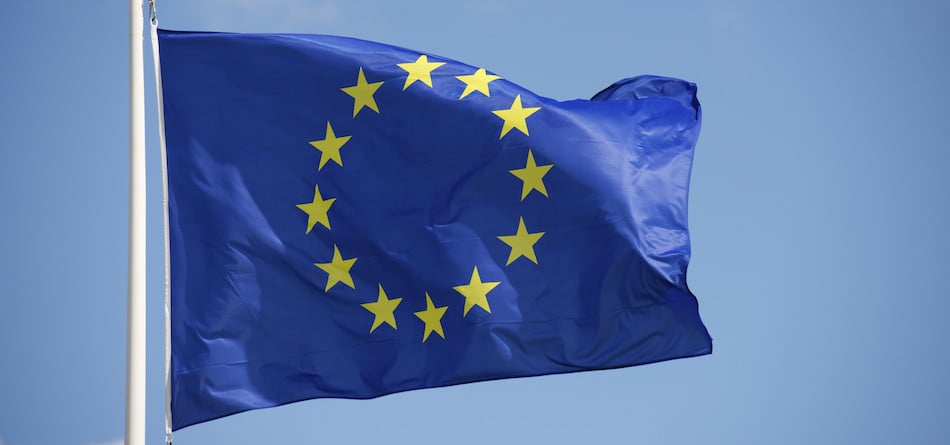The International Capital Market Association has warned that the introduction of the systematic internaliser regime in the bond market is one of the most complicated and nuanced MiFID II rules and may not be successful.
Systematic internalisers were originally set up for equities in MiFID in 2007 for all off-venue trading. However only nine banks became SIs and very few trades took place on the back of an SI quote as off-venue trading moved to broker crossing networks.
MiFID II, which will come into force for financial markets in the European Union in January, defines thresholds for becoming an SI based on “frequent and systematic” and “substantial” trading volumes outside regulated venues.
 Elizabeth Brooks Callaghan
Elizabeth Brooks Callaghan
Elizabeth Brooks Callaghan, director of market structure and MiFID II strategy & regulatory response at ICMA, said in the association’s second quarter report last week that large global or regional banks are the most likely candidates to become SIs as regulators aim to capture over-the-counter trading activity, increase transparency and ensure that the internalisation of order flow does not undermine the efficiency of price formation on trading venues.
“The idea in MiFID II is to bring about transparency in bond trading by creating transparency obligations on a quote-by-quote basis – bringing light into the previously un-lit OTC trading practice.” she added.
Therefore to improve pre-trade transparency for liquid bonds, SIs must make all firm quotes public to all clients either via a trading venue, an Approved Publication Arrangement or proprietary means such as its own website.
“There is flexibility within pre-trade transparency, however; SIs can limit the number of transactions a client may enter into, and the clients to whom the quotes are provided, so long as its commercial policy is set in a non-discriminatory way (eg a policy of “one transaction per quote”),” added Brooks Callaghan.
There are also post-trade obligations for SI trading activities for liquid bonds.
Brooks Callaghan said: “It is important to note that the obligation for pre-trade and post-trade transparency for OTC trading is a complete change compared with OTC trading practices today. In Europe today, there is no transparency for OTC trading in either the pre-trade or the post-trade space.”
However, she continued that the practicalities of implementing this regime are proving a challenge as the buyside will need to know which bank is an SI for an individual bond and the European Securities and Markets Authority has refused to provide a centralized database. Instead, the individual APAs are each attempting to develop industry solutions.
“The SI regime – and the concept of bringing transparency to the over-the-counter market in bond trading – is one of the most complicated and nuanced MiFID II rules,” added Brooks Callaghan. “It remains to be seen how successful this regime will be. There is a view that it will most likely be used for bonds where banks are specialists or primary dealers. However, beyond that it is unknown how the regime will roll out.”
Rob Boardman, European chief executive of electronic equities broker ITG, said in an email: “With MiFID II not far out , the market could very well be underestimating how many SIs there will actually be, as we could be now talking in the region of 20-30, if not more. Whether this is the sort of number regulators had in mind when devising the original rules is another matter entirely.”
JP Urrutia, European general counsel at ITG, spoke to Markets Media about SIs in the equity market. He said: “SIs will come into their own under MiFID II. However this will conflict with the policy objectives as there will be more fragmentation of liquidity. “
Urrutia added that brokers, fintech firms and technology providers will launch new solutions to provide a coherent picture of liquidity and to help meet the MiFID II best execution requirements. “Meeting the prescriptive best execution requirements will add to costs but substantive solutions are likely to be in place for January,” he added.
This week the European Parliament's MiFID II negotiating team published a letter to the European Commission expressing concerns about systematic internalisers continuing to operate broker crossing networks. The letter said the negotiating team agrees with Esma that the Commission should use legal instruments to address the problem of the transparency rules possibly being circumvented.














